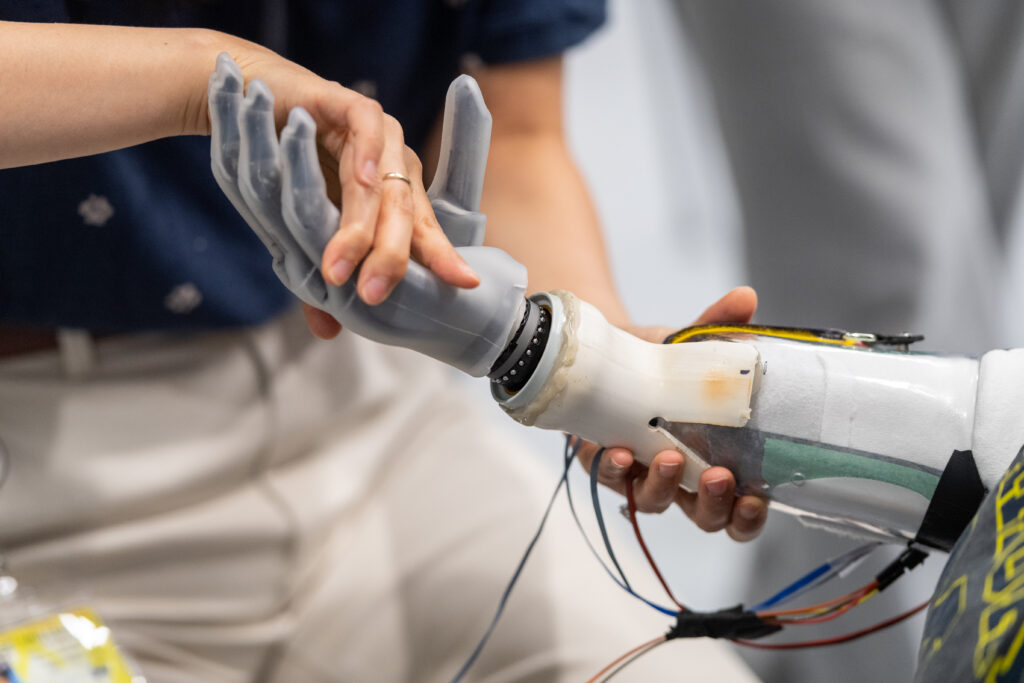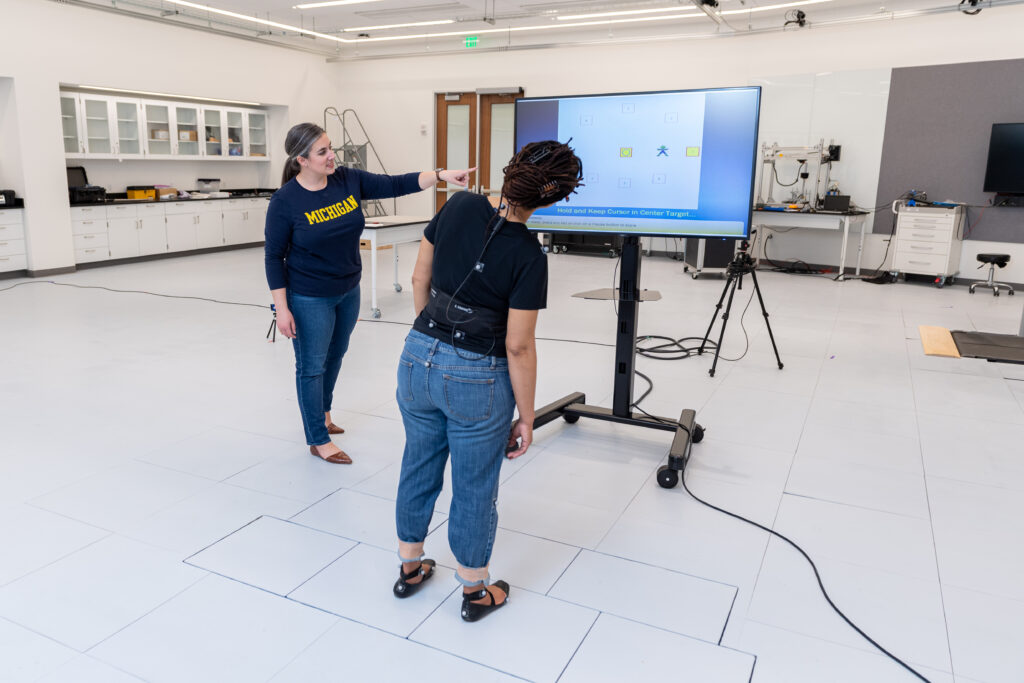Breaking barriers, building futures: Exploring the role of a STEM program on students STEM persistence and perceptions of future selves
Contributing Researchers

Joseph Romero-Reyes, Ph.D., Iowa State University
Department of Educational Studies
Please contact for further information at [email protected]

Dr. Angela Ebreo, University of Michigan
Center for the Study of Higher and Post-Secondary Education
Programs designed to increase the participation of historically underrepresented students in science, technology, engineering and mathematics (STEM) play a critical role in fostering student development, persistence, and degree completion (Antindama et al., 2025; Palid et al., 2023). Despite decades of evidence supporting the utility and effectiveness of these efforts, programs centered on diversity and equity have become targets of political scrutiny and ideological resistance, reflecting the broader sociopolitical tensions that surround equity efforts across STEM and higher education (Kamalumpundi et al., 2024). As such, centering the lived experiences and narratives of underrepresented STEM students who participate in these programs is essential. These student narratives not only illustrate the strengths they bring into their higher education environment but also reveal the multilevel systems that activate these students’ assets.



While data collection and data analysis are still ongoing, we have conducted nine interviews with
undergraduate students participating in the STEM Pathways to Possibilities (pseudonym)
program. After two rounds of open and focused coding, we have identified four preliminary core
themes followed by several subthemes. The four core themes are:
- Prior educational opportunities shaping STEM degree aspirations.
- Perceptions of STEM degree as pathways to future and satisfying career opportunities.
- STEM Pathways to Possibilities program critical to academic support and networking
opportunities. - Perceptions of future self as key to students STEM persistence and STEM identity
development.
These preliminary core findings reveal that prior educational opportunities have influenced students’ decisions to pursue and stay committed to their STEM degrees. Moreover, students place high value on their STEM degrees and view them as a pathway to future fulfilling careers in STEM, contributing to students’ STEM persistence and STEM identity. Participants also benefited from enhanced academic support and networking opportunities provided by the STEM Pathways to Possibilities program. Furthermore, core components of the program aligned with students’ perception of their future selves. Therefore, they viewed the program as critical to their persistence and future career and academic aspirations. These findings are crucial for informing policy recommendations to underscore the utility and efficacy of STEM-focused initiatives in fostering the personal, academic, and professional growth of historically underrepresented undergraduate students pursuing STEM degrees.
References
Atindama, E., Ramsdell, M., Wick, D. P., Mondal, S., & Athavale, P. (2025). Impact of targeted
interventions on success of high-risk engineering students: a focus on historically
underrepresented students in STEM. Frontiers in Education (Lausanne), 10.
https://doi.org/10.3389/feduc.2025.1435279
Kamalumpundi, V., Neikirk, K., Kamin Mukaz, D., Vue, Z., Vue, N., Perales, S., & Hinton, A.
(2024). Diversity, equity, and inclusion in a polarized world: Navigating challenges and
opportunities in STEMM. Molecular Biology of the Cell, 35(11), vo2-.
https://doi.org/10.1091/mbc.E24-06-0264
Palid, O., Cashdollar, S., Deangelo, S., Chu, C., & Bates, M. (2023). Inclusion in practice: a
systematic review of diversity-focused STEM programming in the United States.
International Journal of STEM Education, 10(1), Article 2.
https://doi.org/10.1186/s40594-022-00387-3